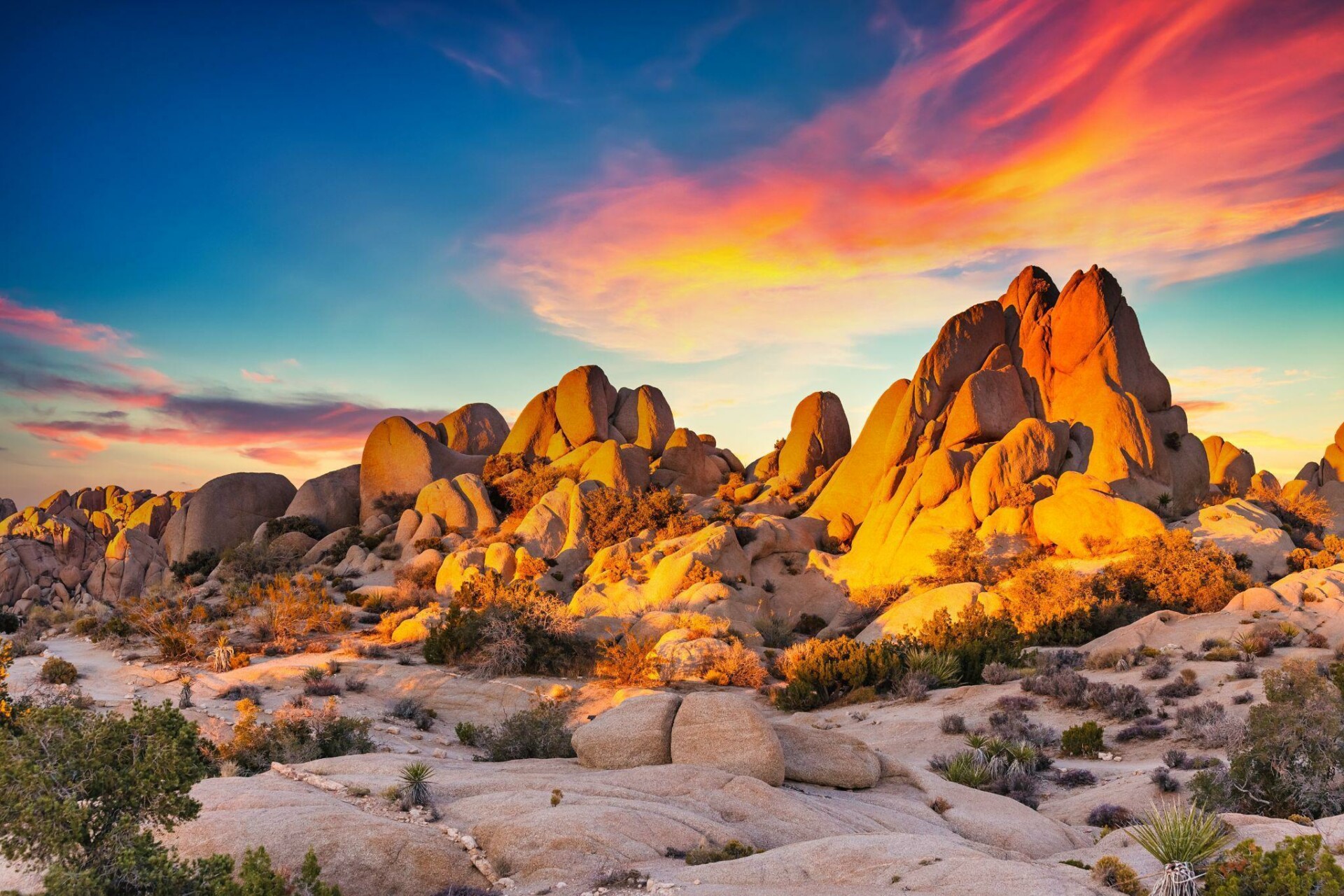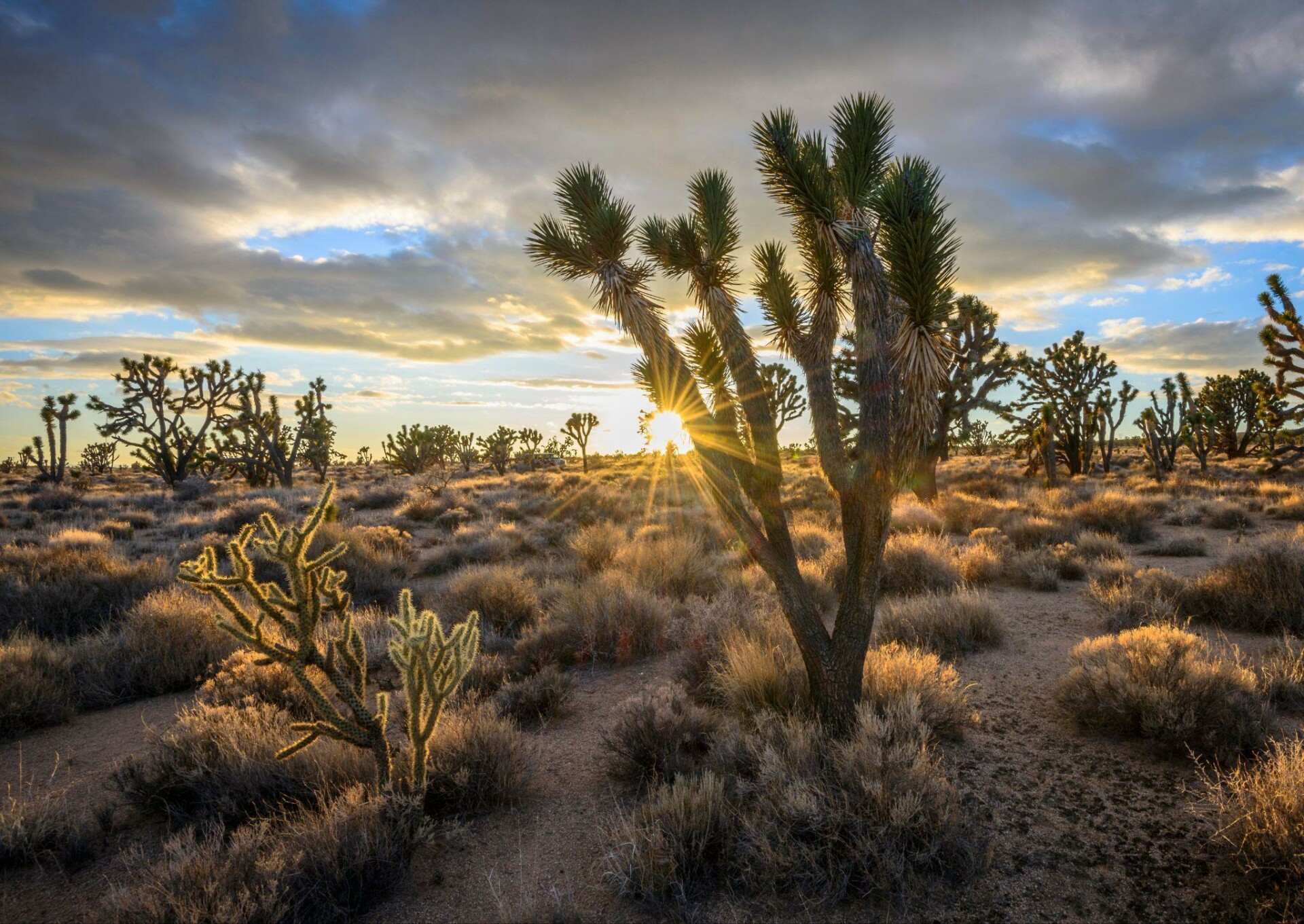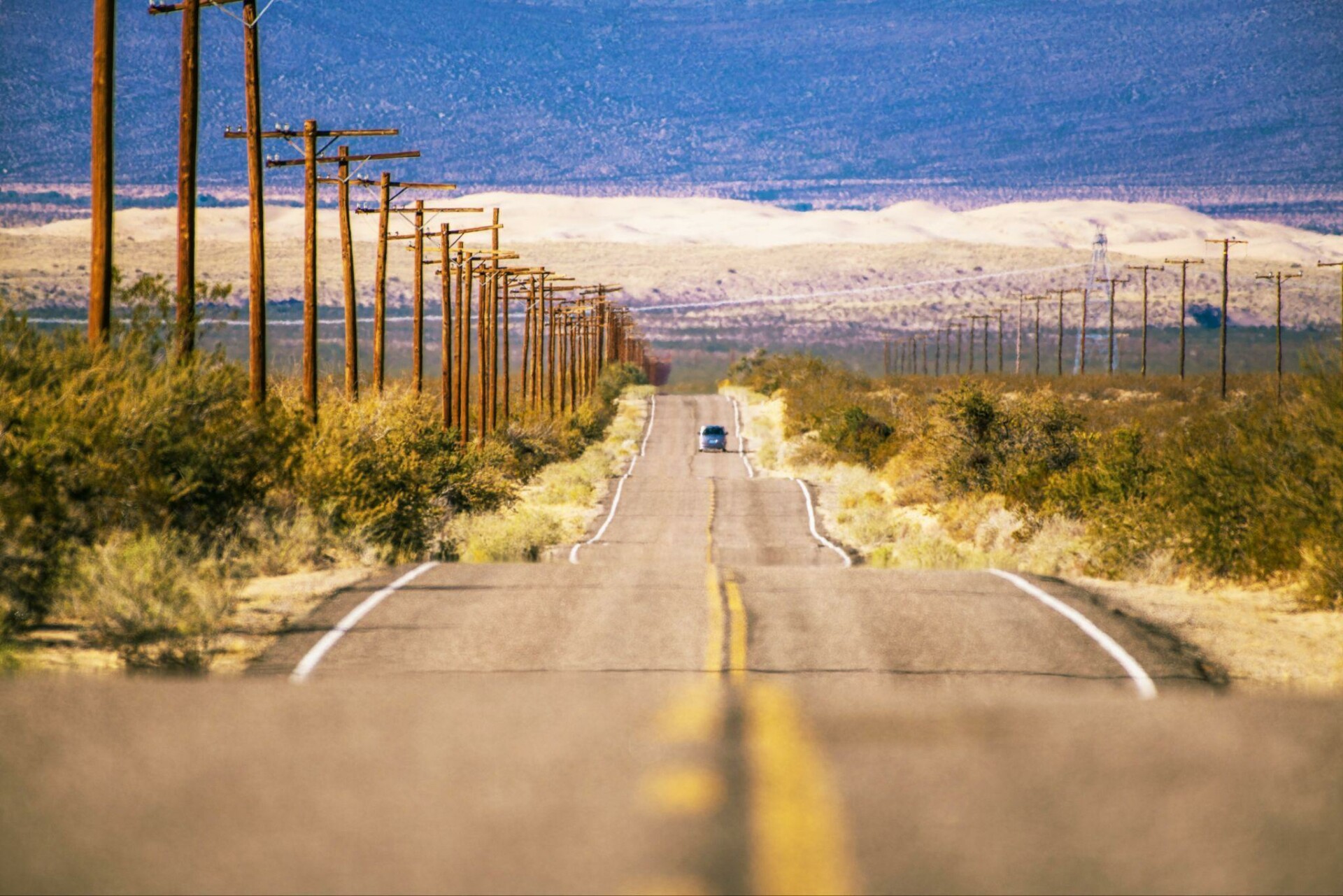In the heart of the Mojave Desert, where the heat can reach extremes and the landscape seems to be devoid of life, there is a resource that is becoming increasingly precious: water.
While it may be far from the limelight, this desert in California is the centre of a major battle against the water crisis that afflicts many regions of the United States, particularly in the Southwest. For this reason, many innovative projects have emerged to ensure water supplies to one of the country’s driest areas.
An extraordinary example of these initiatives is the “Intake 3” project, created by the Webuild Group to extract water from Lake Mead, the largest freshwater body in the United States. Located just a short distance from the Mojave, the project aims to ensure that Las Vegas and the surrounding areas can continue to receive clean water even during periods of extreme drought, when lake levels fall below the historical average. By creating a tunnel more than 4 kilometres long, the potable water system will be able to take water from the bottom of the lake and transport it miles away, providing a vital reserve in an area where water is scarce.
Mojave Desert: The Wonders of the California Desert that Defies Water Crisis
This type of engineering intervention is part of a series of strategic solutions to address the water crisis that threatens life in the Mojave desert and surrounding regions. However, while water supply remains the centre of concern, the wild beauty of this desert never ceases to amaze.
The Mojave desert is a desert with many stories to tell, not only of its natural resources but also about history and breathtaking landscapes. Its vastness is impressive, spanning around 22,000 square miles and stretching across several states, including California, Nevada, Arizona and Utah.
This area is famous for its extreme temperatures: in summer, it easily exceeds 40°C, while during winter, freezing conditions aren’t uncommon. Death Valley, part of this desert, is famous as one of the hottest places on Earth, with a record temperature of 57°C.
Flora, Fauna and Ghost Towns in the Mojave Desert
Nevertheless, life in the Mojave desert has found its balance, with fauna and flora that have developed extraordinary adaptations. The undisputed symbol of this landscape is the Joshua Tree, an imposing yucca plant that appears almost alien in appearance.
Yet the desert is not just a place of wild nature, but also one steeped in history. Ghost towns, such as California City, evoke a past linked to the gold rush and expansion towards the West. Designed in the 1950s to become a new metropolis, California City is now a labyrinth of deserted streets and abandoned houses that speak of a broken dream.
Against Water Scarcity in the California Desert: Solutions to Water Crisis for a Sustainable Future
In addition to its natural and historic beauty, this desert in California is at the centre of initiatives to secure the future of its communities and natural resources. Projects like the Mojave Groundwater Bank, which involves extracting water from underground aquifers to replenish surrounding areas, are an important step towards addressing the region’s water crisis. These efforts aim to secure a critical resource in an environment where water has always been scarce.
Ultimately, living in the Mojave Desert means embracing a land of contrasts: on one hand, the harsh reality of extreme temperatures and water crises, on the other, the captivating beauty of nature and a history that pulsates in its most remote corners.




